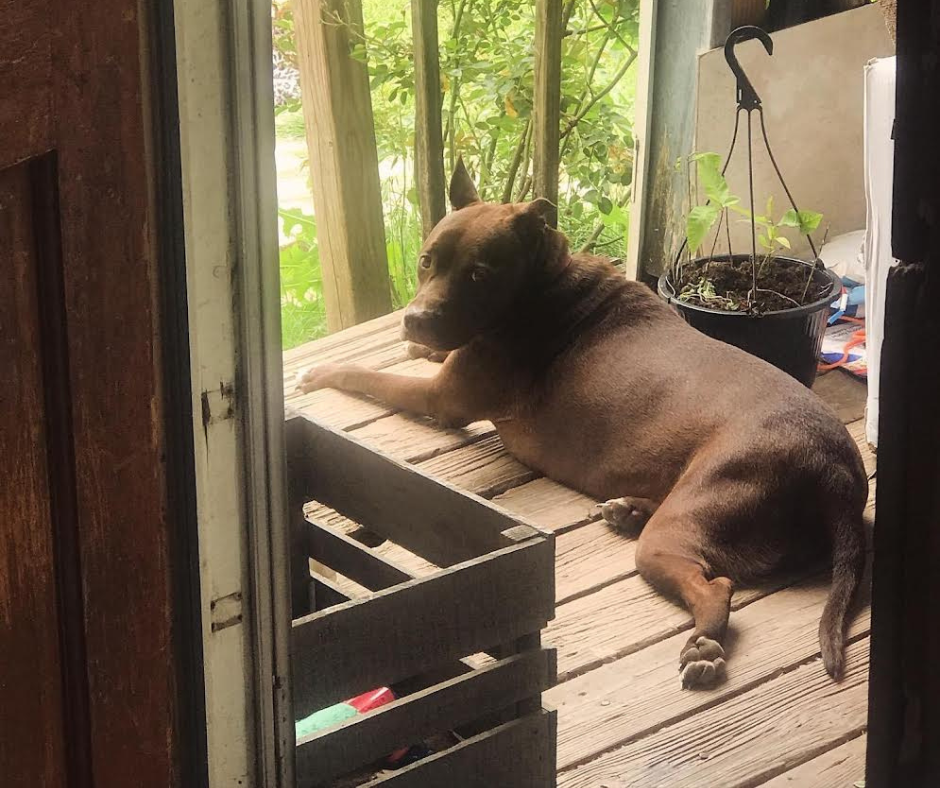The Patient
Phoenix, a stray that was found severely emaciated in the back pasture of a good Samaritan. Phoenix was brought in by Healing Hearts Rescue because of her emaciation, lethargy, and lack of appetite.
The Case
Upon examination, Phoenix was alert and able to walk, but very weak and emaciated. Several diagnostics, including bloodwork and an abdominal ultrasound, were performed. Upon ultrasound, we could see her bowels were fluid filled and one section had a large amount of gas. I could also see ingesta or material in her stomach and some in the intestines. Her blood work showed signs of anemia due to long-standing inflammation. Given Phoenix's present state, I recommended IV fluids right away and discussed the probability of surgery. I also informed the rescue about the possible risk that this particular surgery holds, a topic discussed with every client about any surgical procedure, but this one holds higher risks. Despite the risk, surgery and treatment were elected.
Phoenix started with IV fluids to help with rehydration and follow-up radiographs would be taken the next day. The following day, radiographs and ultrasound were repeated with similar results. At this point, surgery was recommended.
The Surgery
Phoenix had a linear foreign body that had caused two different portions of the small intestines to rupture and adhere together, creating a large pocket in the jejunum portion of the small bowel. The anchor point was in the stomach and had to be surgically removed prior to the intestinal portion of the surgery to release the anchor point. The sections of the small bowel then had to be resected out, and then two portions were sutured back together. It was a little difficult because they were different sizes of bowel. Another linear incision along the duodenum had to be made to remove some dead portions of that portion of the bowel as well. The abdomen was then flushed multiple times due to the leakage of fluid from the ruptured bowel. Suction was used to remove excess fluids. A special ligasure machine was used to remove contaminated omentum as well prior to flushing.
The Outcome
Due to the nature of this particular procedure, Phoenix spent the next few days recovering at our clinic. She needed to be monitored for any signs of perforation or becoming septic. These are common risks with this type of surgery. We slowly began feeding her small meals and monitoring her caloric intake. Once she returned to having normal bowel movements and started to perk up, we were able to send her back to her foster family with the rescue.
particular procedure, Phoenix spent the next few days recovering at our clinic. She needed to be monitored for any signs of perforation or becoming septic. These are common risks with this type of surgery. We slowly began feeding her small meals and monitoring her caloric intake. Once she returned to having normal bowel movements and started to perk up, we were able to send her back to her foster family with the rescue.
